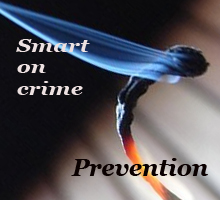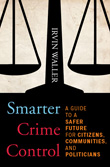 The Smart on Crime Coalition 2011 has just released its 16 chapters on what to do about crime. It has many enlightened proposals on what to do about reacting to crime.
The Smart on Crime Coalition 2011 has just released its 16 chapters on what to do about crime. It has many enlightened proposals on what to do about reacting to crime.
Unfortunately, it overlooks the most obvious way to cope with crime and that is to prevent it before it happens. In sum, the evidence from the World Health Organization, the US National Research Council and reports for the US Congress confirm that we know what to do and generally that knowledge shows prevention is way more cost effective than reaction.
I have put this knowledge together in Less Law, More Order: The Truth about Reducing Crime, with examples of success stories. As I wrote the book for taxpayers and legislators, it even includes practical proposals on system change and yes on ¨smart¨ ways to use our law enforcement services.
The Smart on Crime folk miss two fundamental and ¨smart¨ points.
- Violence can be significantly reduced through proven and tested strategies. The proven strategies depend on diagnosing the problem – rather than reacting – and then solving the problem often by investing in early childhood education, youth, futures for women and neighbourhoods.
- If you reduce violence significantly, it is easier to implement the Smart on Crime strategies to reduce the massive expenditures on police, lawyers and prisoners that the majority of Americans do not want.
By the way, Smart on Crime should also be smart for victims of crime and entrench crime victims rights. They largely overlook the 20 million Americans who are victims of crime each year and who would be pleased to see crime reduced and would prefer to have funds spent on services, reparation and justice rather than massive expenditures on incarceration. I recently published Rights for Victims of Crime: Rebalancing Justice to help legislators and taxpayers know what to do.
It refers to the Smart on Crime.

